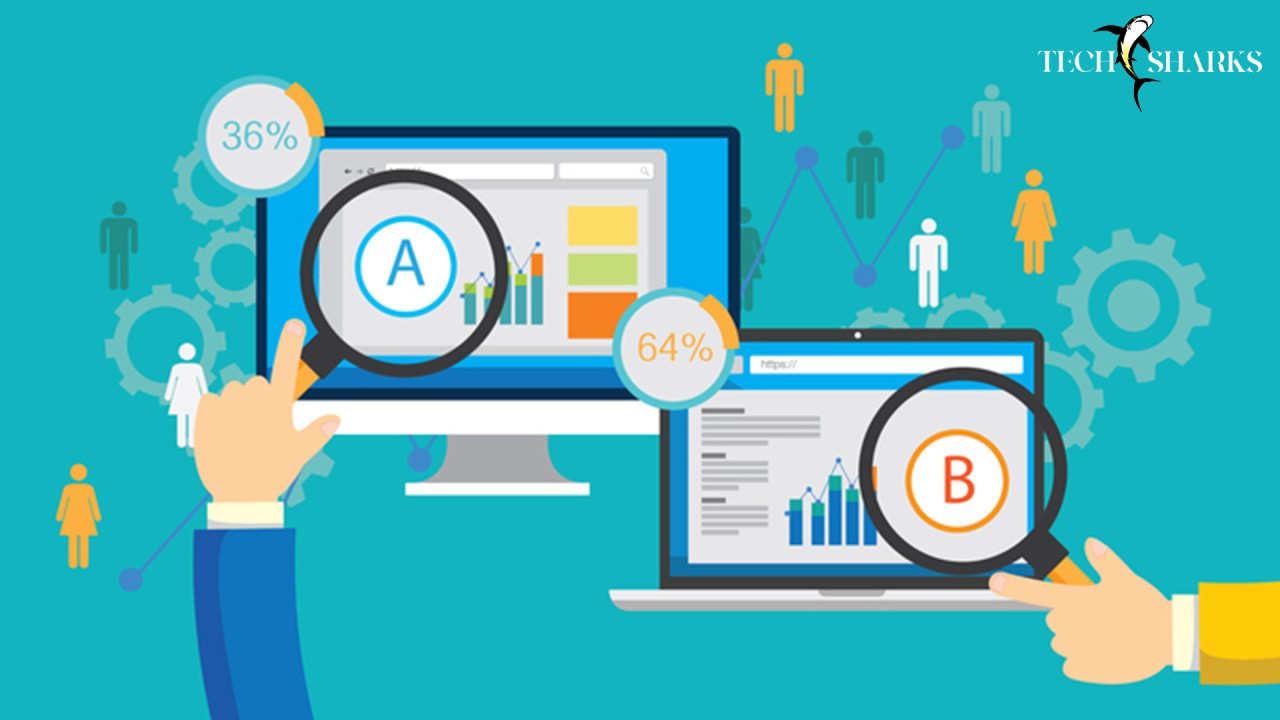A/B testing in social media
A/B testing plays a crucial role in social media advertising by allowing advertisers to compare two different versions of an ad or campaign to determine which one performs better. Here’s how A/B testing is typically used in social media advertising:

1. Testing Ad Creative
- Visuals: Advertisers can test different images, videos, or design elements. For example, one ad might feature a product in use, while another focuses on a product shot.
- Copy: Variations of headlines, descriptions, or calls-to-action (CTAs) can be tested to see which wording resonates best with the target audience.
- Format: Testing different ad formats (carousel, single image, video, stories, etc.) can help identify which format drives more engagement.
2. Audience Segmentation
- Advertisers can test different audience segments to determine which group responds best to the ad. For example, they might create two identical ads but target different demographic groups (e.g., age, gender, location) or interests (e.g., fitness enthusiasts vs. health-conscious individuals).
3. Ad Placement and Timing
- A/B testing can be used to assess different placements across social media platforms (Facebook Feed vs. Instagram Stories, for instance) or different times of day. This helps optimize ad delivery for the best engagement rates and conversions.
4. Budget Allocation and Bidding Strategies
- Testing different budget amounts or bidding strategies can help determine the most cost-effective way to reach your goals. For example, advertisers might test manual bidding vs. automated bidding or test different daily budget levels to see which gives the best ROI.
5. Conversion Rate Optimization
- The ultimate goal of A/B testing is often to improve conversions, whether it’s sales, leads, sign-ups, or any other objective. By testing different elements (e.g., CTA buttons, landing pages, or offers), advertisers can refine their campaigns to increase the likelihood of a desired action being taken.
6. Improving Campaign ROI
- Through A/B testing, advertisers can continuously refine and optimize their campaigns to improve return on investment (ROI). By understanding which creative, targeting, and placement strategies work best, advertisers can spend their budgets more efficiently and increase the impact of their campaigns.
Benefits of A/B Testing in Social Media Advertising:
- Data-driven decisions: It allows advertisers to make decisions based on actual performance data rather than guesswork or assumptions.
- Continuous improvement: By consistently testing and refining ads, campaigns can evolve over time, leading to progressively better performance.
- Audience insights: A/B testing reveals what resonates with different segments of the target audience, providing valuable insights that can be applied to future campaigns.
In summary, A/B testing in social media advertising is essential for optimizing ad performance, improving engagement, and maximizing conversion rates. It helps advertisers identify what works and eliminate ineffective strategies, ultimately driving more successful campaigns.